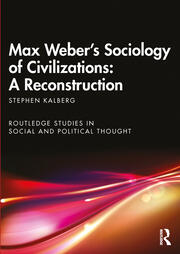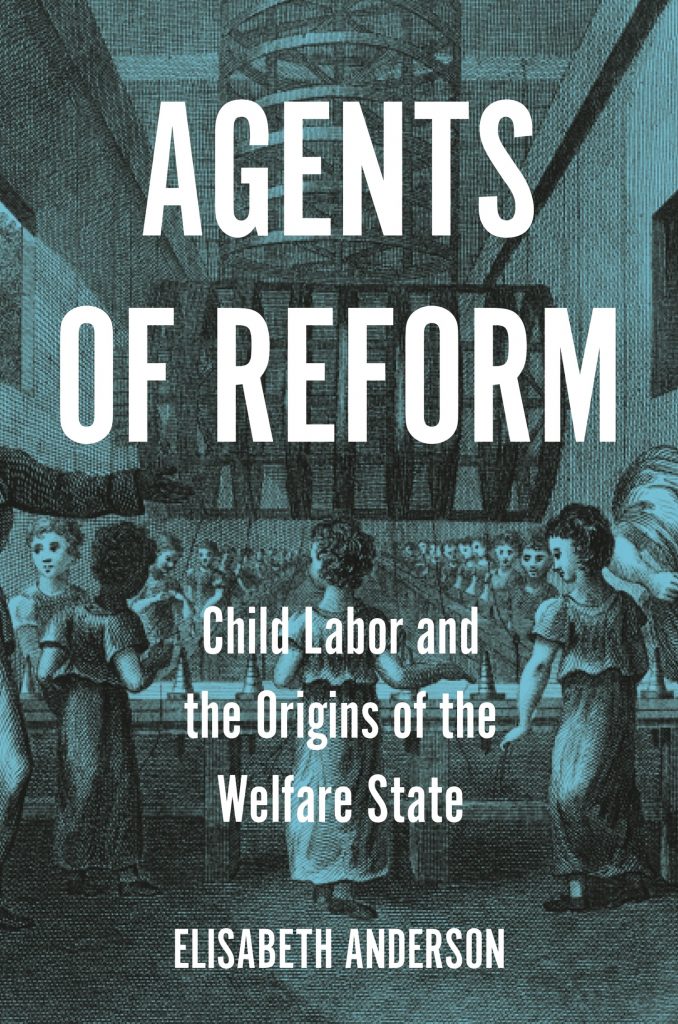Union Booms and Busts: The Ongoing Fight Over the U.S. Labor Movement
Stepan-Norris, Judith and Jasmine Kerrisse. 2023. Union Booms and Busts: The Ongoing Fight Over the U.S. Labor Movement. Oxford University Press.
The book is a comparative and historical analysis of the factors that helped or hindered workers in their attempts to build unions in the U.S.’s 11 basic industries, 1900-2015. For each industry, we analyze shifts in union power (union density), as affected by the state and macro context, replacement costs of workers, union and employer strategies, and the impact of employment, race, gender, and occupation.
Ultimately, we aim to reveal the lessons that these struggles may offer to today’s labor movement.
We invite you to make use of our publicly available data repository for your own research. The data that we collected includes industry-level information on union membership and density, strikes, elections, unfair labor practices, employment size, race, gender, and occupation of workers, and more.
If you want to purchase the book, the 30% discount code from Oxford is ASFLYQ6. Or you could ask your library to purchase it (instructions here). The first chapter is available here.




